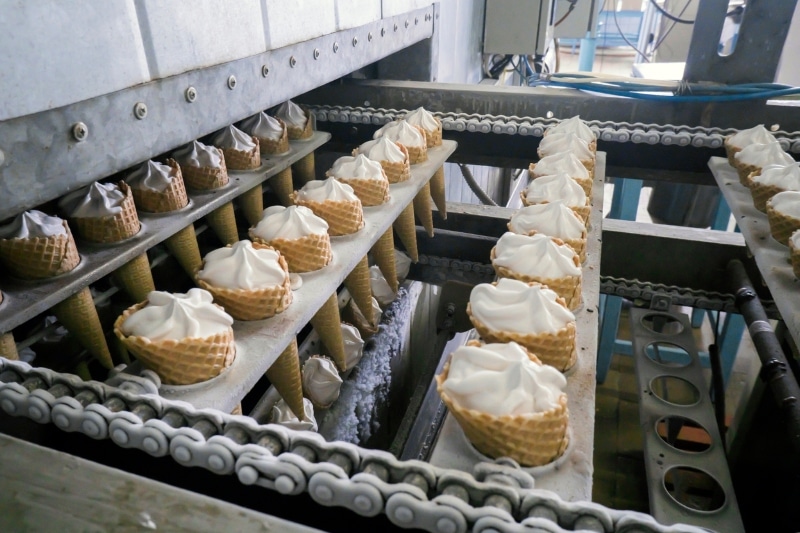

But technically, the land was private property. Traditionally, peasants had raised crops and grazed animals on so-called common lands. The agricultural revolution coincided with a changing perspective on land rights. The agricultural revolution helped expand the population by making more healthful food available, and it helped farmers produce enough food to feed the growing population. Farmers also worked to control pests, increase irrigation, and breed superior livestock. Cover crops, such as clover, add nutrients to the soil when plowed under. They improved the soil with chemical fertilizers and cover crops.

Through mechanization, farmers could expand their production while cutting back on the amount of labor needed to produce food.īesides using new machinery, farmers used new agricultural methods. The practice soon spread to other industries.Ĩ) Factories and mass production lowered the cost to produce many goods.ĩ) Lower costs meant lower prices for consumers and an increase in demand for goods.ĭuring the 1800s a variety of machines were developed to help farmers plant, harvest, and process crops. He was the first to apply assembly-line principles to large-scale manufacturing. Starting in 1913, Henry Ford of the United States built his Model-T automobile using an assembly line.

Workers added one new part at each station. An assembly line carried a product on a conveyer belt or track from one station to the next. The desire to speed up the manufacturing process even more led to the use of the moving assembly line. Factory workers could sit at their station with a pile of standardized parts in front of them and know that the parts were all the same and that any one of them would fit properly. 7) Factories developed the use of interchangeable parts. Each worker did only that task, all day long, and they learned to do it rapidly.Ħ) The factory and the shift to simplification one person doing one skill lead to easier mass production. 1) In the domestic system, cottage workers produced goods in home workshops.Ģ) They made goods not for local use but for national and international markets.ģ) Typical cottage workers lived in the countryside, farmed for most of the year, and in the off-season made cloth.Ĥ) They provided the cheap labor needed at the time to meet the demands of a competitive textiles market.ġ) workers left cottages to work together in a single factory.Ģ) In a factory, merchant-entrepreneurs could supervise their workers.ģ) New technology and new sources of energy, created a revolutionary shift from muscle power to machine power.Ĥ) Factory owners developed new ways of organizing work.ĥ) In the factory system, unskilled or semi-skilled workers specialized in just one of the tasks needed to make a product.


 0 kommentar(er)
0 kommentar(er)
